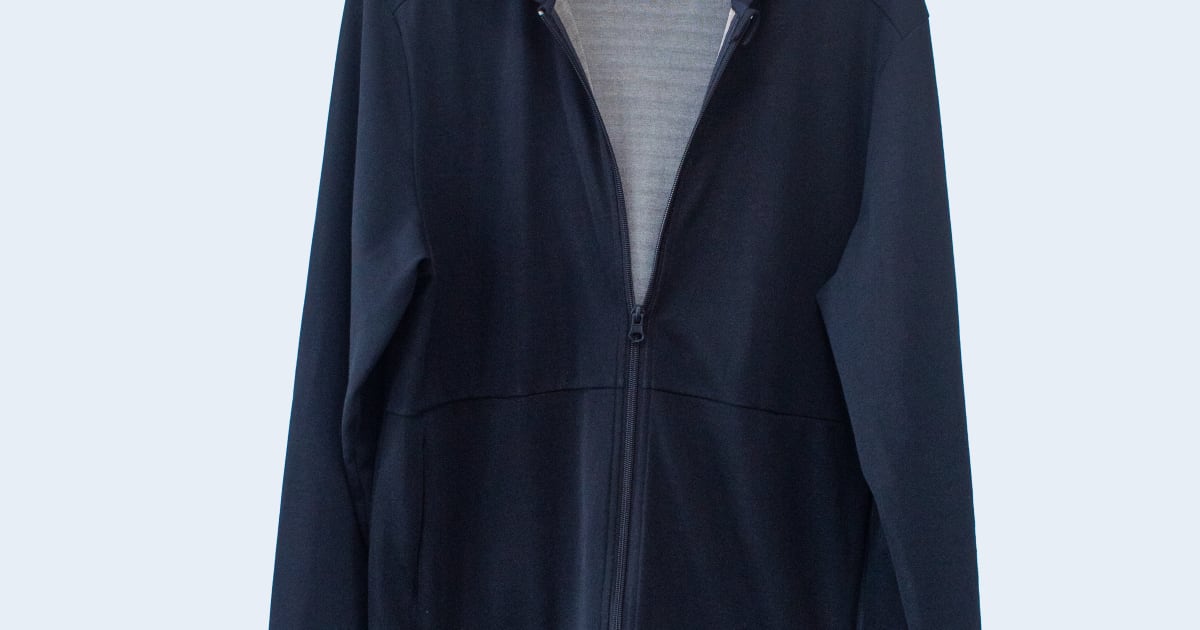Faraday clothing is a type of clothing for safety which is certainly patterned after the silvery lining associated with a mission dark hat. Even though the majority is V-neck t-shirts, it is not intended to be worn without safeguarding your vital organs. Also you can acquire clothing specifically designed for pregnant women, such as floral lace camisoles and the maternity clothes.
Fabrics used in faraday cages
Faraday cages are built from materials that might be resistive from electromagnetic energy. Fabrics made from dime, copper, as well as polyester are suitable for faraday cages. These materials are corrosion-resistant, tough, lightweight and trendy. They also have 99% stopping effectiveness against cell-frequency frequencies.
The stuff utilized to make Faraday cages may be thin or even thick. The density of the substance determines the level of insulation that can provide. However, thin layers can be just as effective while thick ones.
Fabrics used in mission dark caps
The Mission Darkness cap can be a comfortable, curvaceous-visor snapback. It meets most head measurements comfortably and is constructed from a lightweight, flexible material. The vents on the front and in the part allow intended for airflow, making that an ideal everyday wear hat. However , unlike many hats that are available, the Mission Night hat does not actually have an EMF lined liner that is shielded, so it's not the best hat to wear when using gadgets.
To create a Quest Darkness hat, a person must purchase your TitanRF Faraday Fabric Kit. This kit comes with conductor tape. This tape is certified via Keystone Compliance, in addition to it also provides antifungal and antibacterial properties. It is also good intended for earthing applications.
Fabric used for Lambs' Wavestopper(tm) fabric
Lambs' Faraday line regarding clothing combines excellent comfort with antimicrobial and EMF blocking technology. Their Wavestopper(tm) fabric has a unique blend of fabrics which block up to 99% of harmful microwaves, cell phone radiation, Bluetooth signals, and WiFi signals. This fabric is also antibacterial and toxic-free. Your use nanoparticules or other chemicals that can cause harm.
Lambs Antibacterial socks are made of silver-coated cotton, nylon, and spandex. Usually, the design of these socks permits a customized blend and breathability. Prices for these socks begin at around $25. If you're not pleased along with your purchase, usually, the seller provides a full refund. The particular company also offers an opportunity to try the product for free for those who are first-time buyers.
MXenes
Faraday clothing can shield us from electromagnetic distraction. Through a protective coating made of MXene, the textile can block alerts at frequencies running from low Megahertz up to 40 Gigahertz. The fabric can also be washed and is even durable. Researchers through the Drexel Nanomaterials Start have developed fabric that could be coated along with this material.
This type of material blocks electromagnetic interference more efficiently than other materials in addition to being able to conform to fabrics. Check out the video below for what it looks like for.
Silver precious metal

Silver faraday clothing is designed to shield your body from the effects of EMR and other forms of the radiation. The fabric is made of silver-conductive fibers that absorb electromagnetic waves and signal the frequency of these waves. Lambs' Faraday Briefs, for example block 99 percent of the harmful radiation emitted by cell phones, microwaves, and WiFi. These kinds of clothing also regulate heat, anti-microbial, and moisture wicking.
Anti-EMF clothing is available in a variety of forms, including t-shirts, hats and tees to to coats and stockings. The majority of the clothing is made by silver, however different metals are used as well.

Corrosion-resistant alloys
The development of corrosion-resistant materials for faraday clothing requires specific understanding of the metals. The particular process could be one of structure, and an incorrect selection can result in errors in program and unreliable benefits. Luckily, there is usually an emerging field that deals with corrosion resistant materials.
The corrosion-resistant alloys must possess good thermal conductivity as well as mechanical properties. Additionally, they should be simple to use. They need to also resist local attacks and intragranular corrosion. They should also be extremely resistant to corrosion in atmospheric saltwater, atmosphere, and natural chemical. Metallurgical specialists will be able to guide on the most suitable elements for the environment in which you operate.
